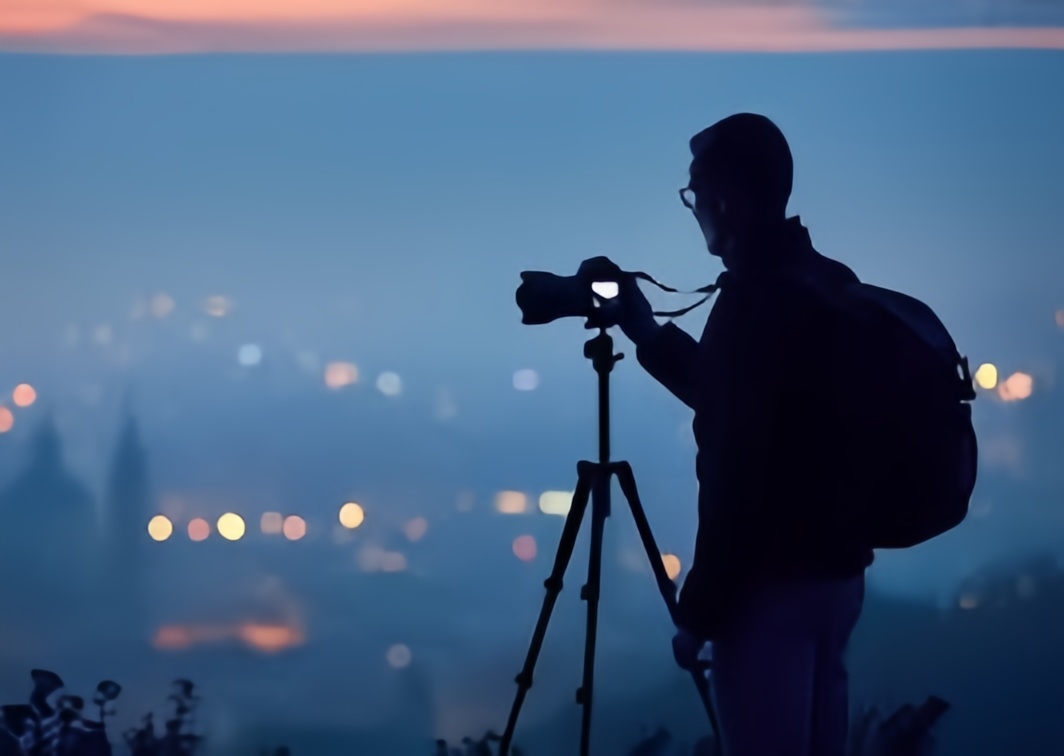While basic product photography guides focus on equipment and composition, this article elevates your craft with nuanced strategies that transform ordinary shots into brand-defining visuals. Designed for e-commerce professionals and creative entrepreneurs, these advanced methods blend technical precision with artistic storytelling.
1. Mastering Multidimensional Lighting
Move beyond standard three-point setups. Experiment with:
- Textural Backlighting: Use a low-intensity rim light to emphasize material details (e.g., fabric weave or metallic finishes)
- Color Temperature Layering: Combine 3200K tungsten with 5600K LED panels to create depth through warm/cool contrasts
Pro Tip: For jewelry, try refractive lighting using crystal prisms to project organic light patterns.
2. Stabilization Beyond Tripods
While tripods remain essential, explore:
- Gravity Rails: For precise overhead shots of flat lays
- Motorized Sliders: Create cinematic 15-second micro-movements for interactive product videos
Investment Insight: Rotating lens mounts (starting at $299) enable 360° detail capture without repositioning.
3. Competitive Visual Audits
Differentiate through data-driven inspiration:
- Use SEMrush’s Visual Trends Tool to analyze top-performing product shots in your niche
- Conduct A/B tests comparing minimalist vs. contextual styling using Hotjar heatmaps
- Reverse-engineer color palettes from competitor ads with Adobe Color CC
4. Dynamic Composition Frameworks
Enhance the rule of thirds with:
- Golden Ratio Overlays: Ideal for luxury items requiring proportional perfection
- Negative Space Clustering: Allocate 60% of frame to product, 40% to branded emptiness
Case Study: Dyson’s vacuum ads use Fibonacci spirals to guide eye movement toward airflow technology.
5. Contextual Prop Engineering
Transform generic props into narrative tools:
- Material Resonance: Pair wooden watches with matching tone burlap
- Interactive Elements: Show skincare texture by imprinting fresh fruit on cream surfaces
Budget Hack: Use Pantone swatches as color-coordinated background accents.
6. Neuromarketing Capture Sequences
Optimize angles using buying psychology:
- First Angle: 75° hero shot triggering recognition memory
- Detail Burst: 5-8 macro shots activating tactile sensory response
- Context Frame: Lifestyle image stimulating scenario visualization
Data Point: Zara’s 11-angle product views increase conversions by 37%.
7. AI-Powered Post-Production
Transition from basic clipping paths to:
Dynamic Pricing Integration: Embed scannable QR codes in edited images for instant cart access
Neural Retouching: Tools like Luminar Neo automatically enhance textures while preserving true colors
Automated A/B Cropping: Cloudinary’s AI generates 12 optimized image variants per upload

